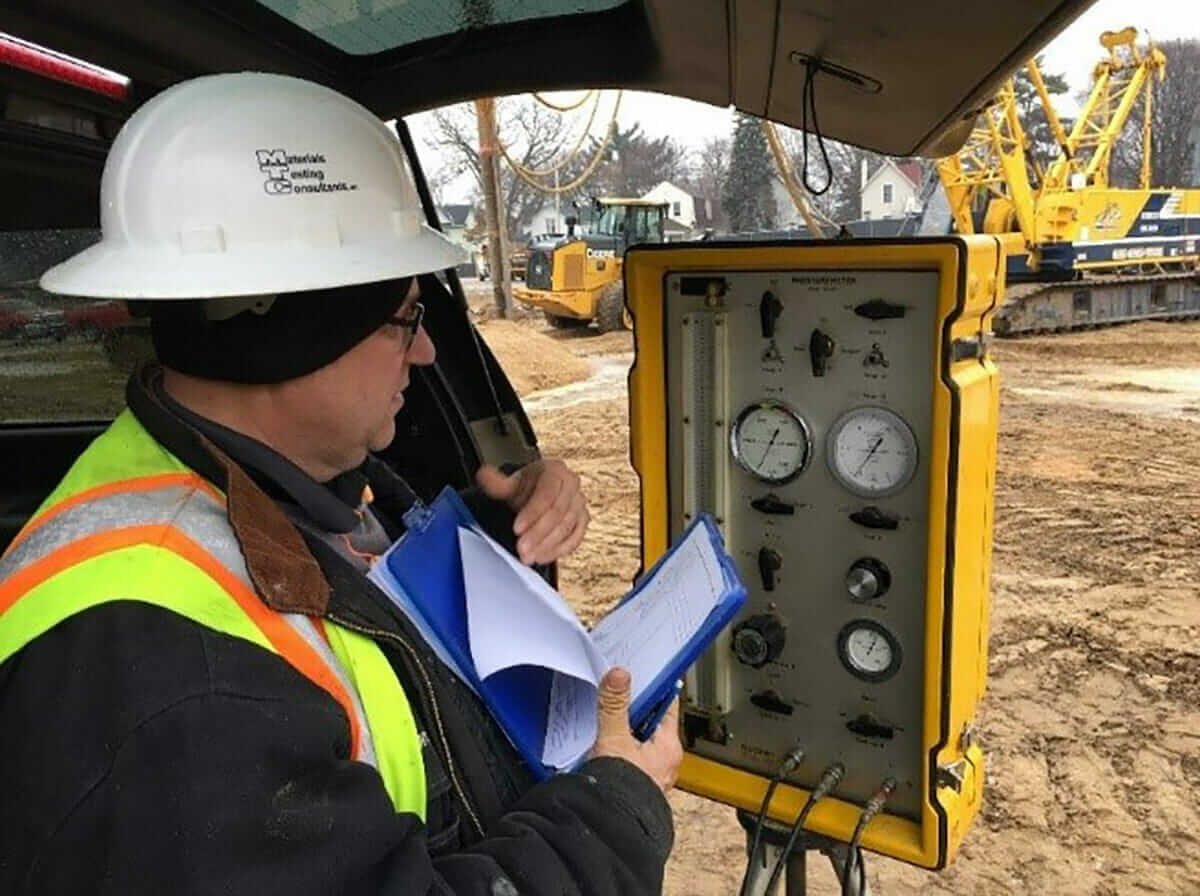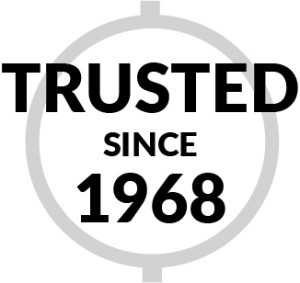While we have several departments: Geotechnical Engineering, Construction Materials Testing (CMET), Laboratory Services, Environmental Services, and Asbestos Management, the tasks we handle within each department are not quite as rigid as the organizational chart indicates.
This is highlighted in our “Projects Meeting,” a meeting held on Monday mornings to review the status of ongoing projects for each department. It is an opportunity for each department to share not only the progress of each project but the challenges involved as well. Theses meetings gives the chance for project managers who all have different areas of expertise to collaborate on solutions. It also gives the opportunity for managers to distribute staff with different skills to assist in the other departments.
For example, our CMT department schedules field technicians to test and inspect in place soil to verify it meets the recommendations and observation provided in the project’s Geotechnical Report. This field work can get much more complicated than verification of existing conditions. It could also involve soil improvement methods such as helical piers, vibro-compaction, or augercast piles. When these tasks present themselves, our geotechnical engineering department will assist with observations of the soil improvement operation. One such project just this past winter was the Grand Valley State University development at 500 Lafayette. While CMT field technician monitored vibrocompaction, Geotech staff member Scott Thompson (pictured below) performed Menard pressure-meter testing to verify that the compaction targets where met.
Our CMT field staff will assist our Geotechnical department staff on projects too. Coring and Traffic control are two tasks where the departments often assist each other. With a Geotech engineer providing oversight of the traffic control plan and logging hand auger sampling, the CMT field staff can help where they would otherwise be slow in the off-season.
Our laboratory also benefits from interdepartmental collaboration. While many laboratory samples come directly in the door from clients, most samples arrive from our CMT and Geotech projects. The handoff of project information including specifications, locations, and unique laboratory test requirements is key to producing accurate test reporting. The laboratory has found that making sure the new team members from other departments understand what information is needed when submitting samples leads to simpler workflow of laboratory testing in the future.
Our equipment is also shared between our departments. Ground Penetrating Radar (GPR) is one such piece of equipment that has many uses. It can be used by our CMT department to identify buried rebar for size, spacing, and cover. It can also be used by our Geotechnical department to identify buried utilities prior to performing soil borings in areas where Missdig utility clearing is not possible.
MTC is a company that collaborates daily. We find that we have the most efficiency when we collaborate by departments, not only with the project managers, but also the various department techs get to be a part of this as well. We believe this is what makes our daily work load flow so smoothly.


